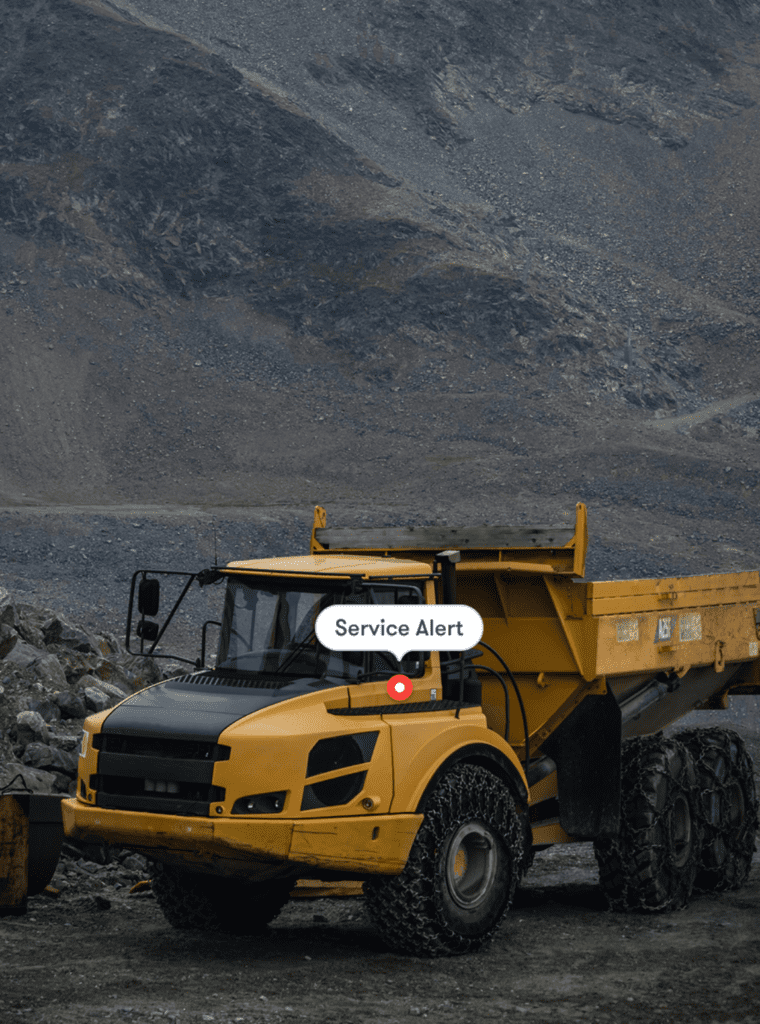

In the off-highway construction world — where no jobsite is the same, machines are costly, and downtime is expensive — fleet management has quietly become one of the most important disciplines in the industry.
It might not have the visibility of autonomous driving or the buzz of generative AI, but when it comes to moving dirt, pouring concrete, or laying the groundwork for megaprojects, nothing keeps operations running smoother than smart, data-led fleet management.
So what exactly is fleet management, and why is it becoming such a crucial part of construction’s digital future?
At its simplest, fleet management is the coordination of a company’s mobile assets — everything from bulldozers and backhoes to generators and service vehicles. For off-highway contractors, rental firms, and OEMs, this means tracking where equipment is, what condition it’s in, who’s using it, and whether it’s performing as expected.
But as construction becomes more digitized, fleet management is no longer just about spreadsheets, checklists, and whiteboards in the depot office. It’s evolving into a real-time, data-driven discipline—one that’s reshaping how companies operate.
The biggest change to fleet management in recent years has been the rise of connected machines. Through telematics and IoT (Internet of Things) devices, machines now transmit a constant stream of data: location, fuel usage, engine hours, maintenance alerts, idle time, and more.

This data provides the raw material for smarter decisions. Contractors can track machine utilization across multiple sites, reroute underused assets, or identify bottlenecks before they impact productivity.
Rental companies can see exactly when machines are delivered, how much they’re used, and whether they need servicing before the next customer. OEMs can proactively detect issues and support end-users without waiting for a phone call.
And it’s all enabled through modern fleet management platforms that bring the data together in one place.
Traditional fleet management was reactive. A machine would break down, a technician would be dispatched, and the clock would start ticking — often for hours or days — until repairs were complete. Today, the best fleet managementstrategies are predictive.
“The biggest change to fleet management in recent years has been the rise of connected machines.”
By analyzing engine data and fault codes, companies can anticipate issues before they happen. Planned maintenance can be scheduled during downtime, not peak hours. Service teams are deployed with the right parts, the first time. In short, fleet management has become a performance driver, not just a support function.
This shift doesn’t just reduce downtime—it can dramatically increase machine availability and lifespan. One study by McKinsey suggests predictive maintenance can cut costs by 25% and reduce unplanned outages by nearly 50%.
Another key benefit of modern fleet management is resource optimization. With a connected fleet, companies can match machine supply to demand with greater accuracy.

For example, if a site in Arizona shows a cluster of underutilized loaders while a project in Texas is falling behind due to lack of equipment, assets can be rebalanced—quickly and confidently. This avoids unnecessary rentals, prevents overbuying, and ensures machines are always working to earn their keep.
In an industry where machines often represent a company’s largest capital investment, better fleet management means better ROI.
Construction is under growing pressure to reduce emissions, and fleet management is playing a vital role in that transition. By monitoring idle time, energy consumption, and fuel burn, operators can identify inefficient behaviors and improve them through training or policy.
“Fleet management has become a performance driver, not just a support function.”
In some cases, simply enforcing idle limits through fleet management software has helped contractors cut fuel use by up to 20%. Multiply that across dozens — or hundreds — of machines, and the impact on both cost and carbon footprint is significant.
For companies trialling electric or hybrid equipment, fleet management is also essential to monitor battery usage, charging patterns, and overall energy efficiency.
Almost every player in the value chain gains from more effective fleet management:
What unites them all is the ability to make faster, more informed decisions based on real-time data.
Despite the clear advantages, many firms are still early in their fleet management journey. Fragmented systems, lack of integration, and data overload are common issues.
“In construction, every hour counts. Every machine matters. And every insight you gain from your fleet gives you an edge.”
In mixed fleets — where machines come from multiple OEMs — getting a single view of asset health and performance can be difficult. That’s why many leading companies are now investing in open, interoperable fleet management platforms that consolidate data regardless of brand or manufacturer.
Training and culture are also critical. Technology alone isn’t enough — teams need to understand how to use fleet management tools effectively and be empowered to act on what the data reveals.
Looking ahead, fleet management will become even more intelligent and autonomous. Machine learning algorithms will optimize scheduling, forecast breakdowns, and recommend redeployments automatically. Integration with business systems — ERP, safety platforms, carbon reporting — will turn fleet management into a central nervous system for operations.
This shift will be further accelerated by over-the-air (OTA) software updates to machine controllers, empowering fleet managers to stay ahead of compliance requirements and evolving legislation.
And as machines continue to evolve, so too will our expectations of them. In a world of rising costs, labor shortages, and tightening regulations, efficient, connected, and proactive fleet management won’t be optional, it’ll be fundamental.
In construction, every hour counts. Every machine matters. And every insight you gain from your fleet gives you an edge. Fleet management may not always make headlines, but it’s building the foundations for a faster, safer, and more profitable industry.
Foundations is our new series focusing on the nitty gritty of construction technology and showing how to make it work for your business day-to-day. Want to find out more? Visit Trackunit today and make sure you’re fully connected.
Never miss an insight. We’ll email you when new articles are published on this topic.

